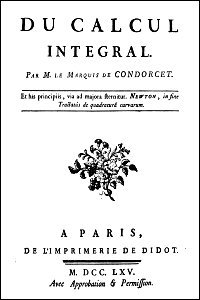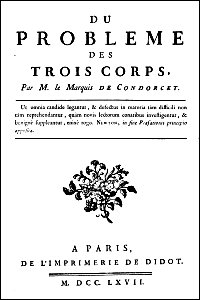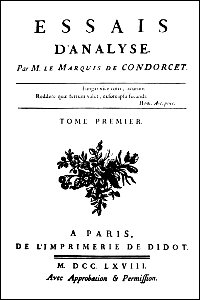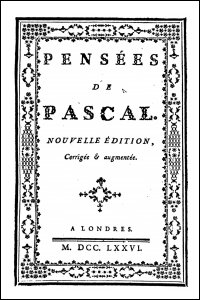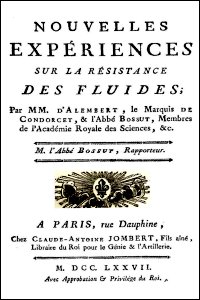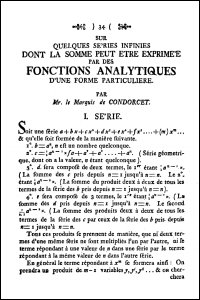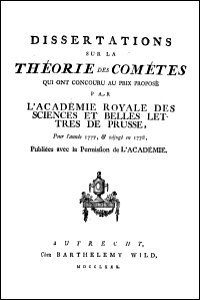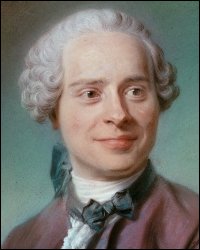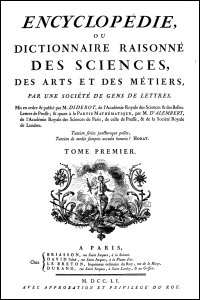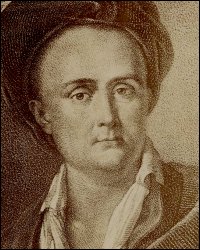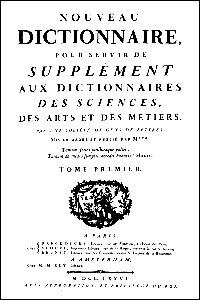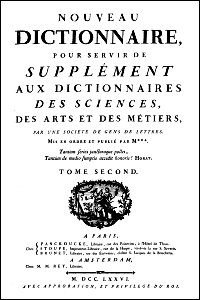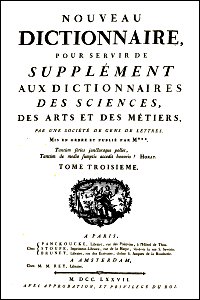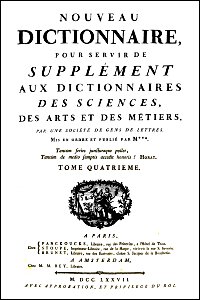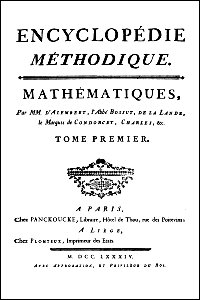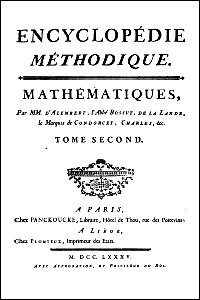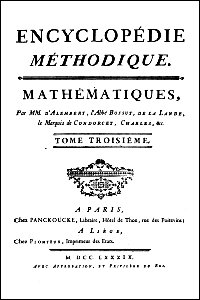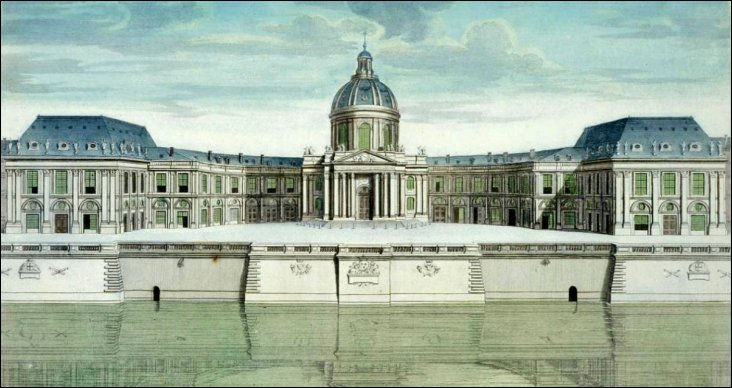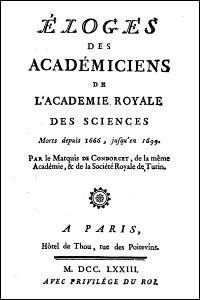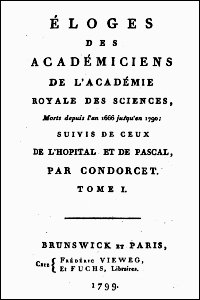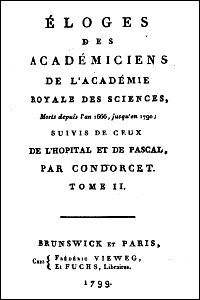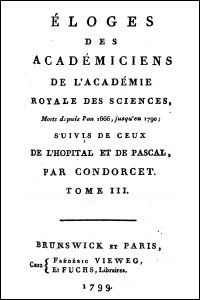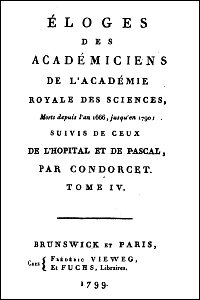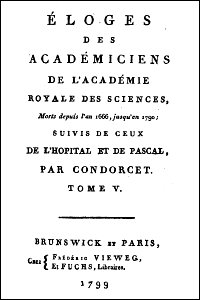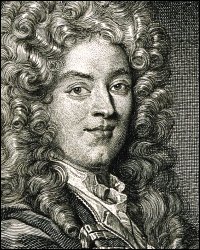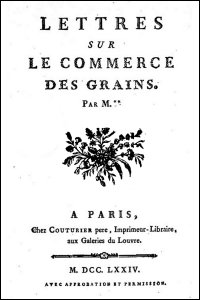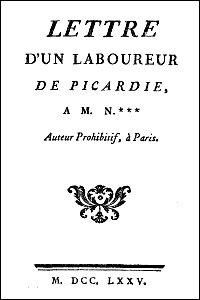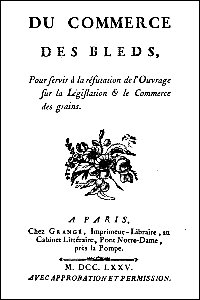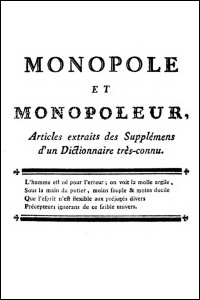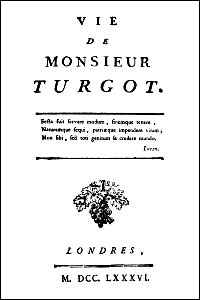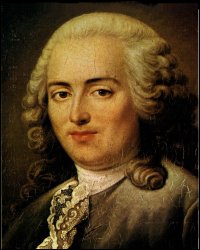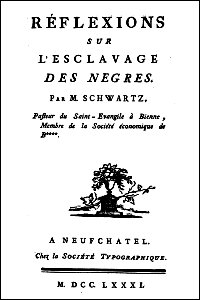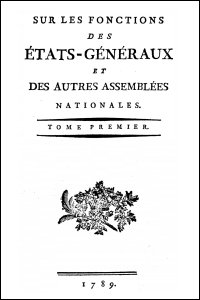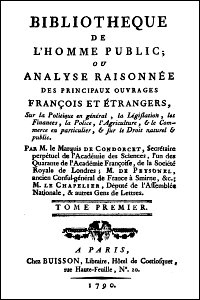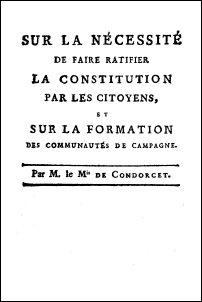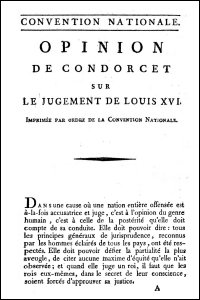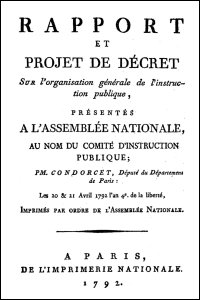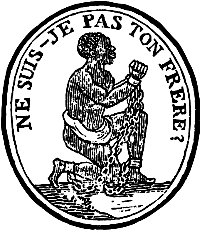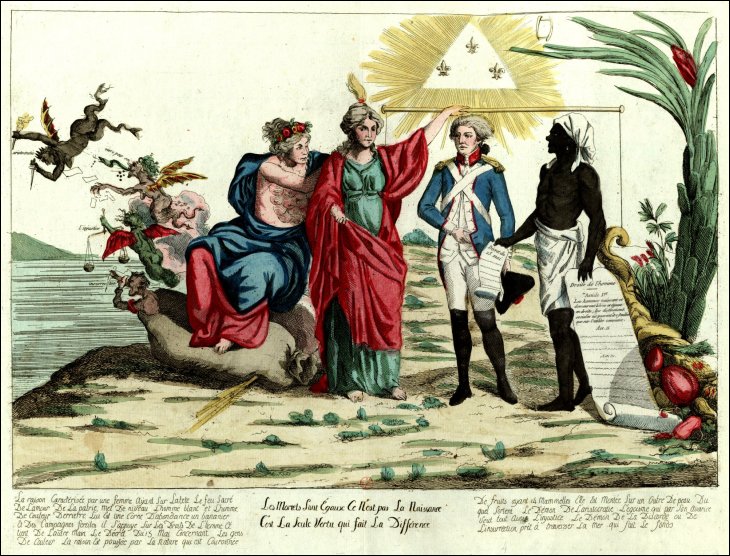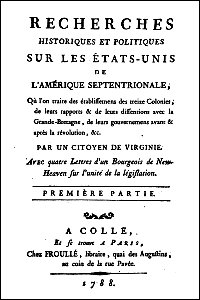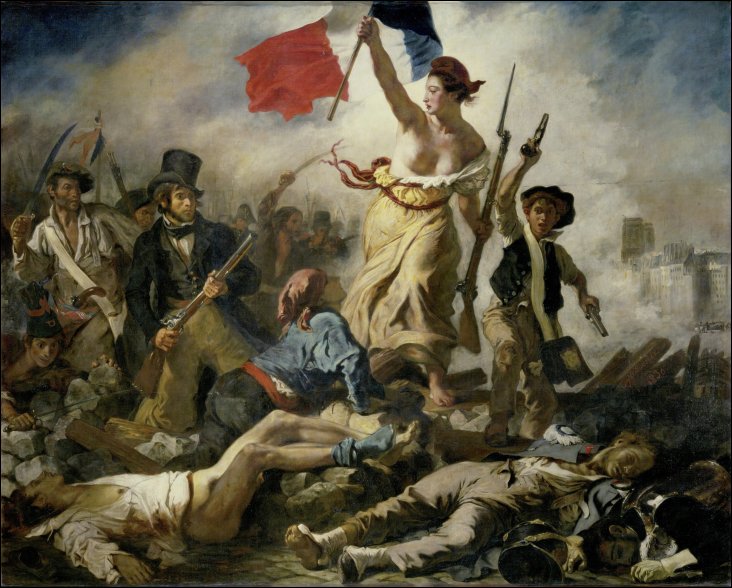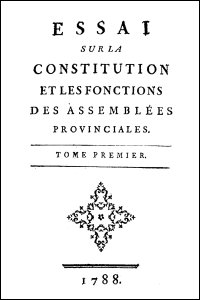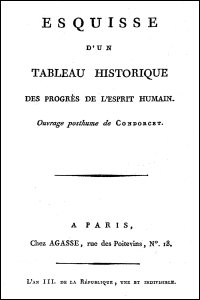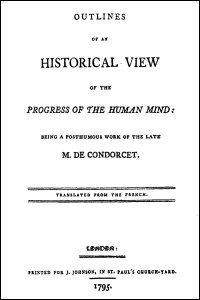books of Condorcet
—
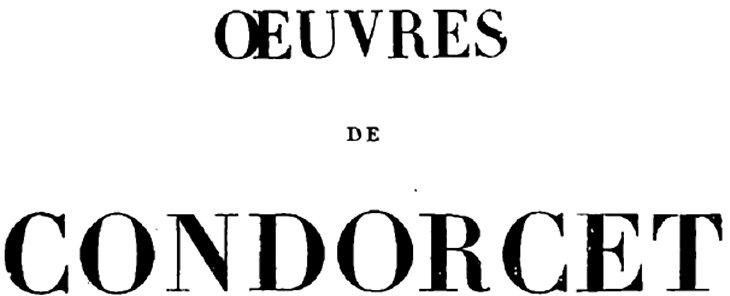
—
![]()
—
SCIENTIFIC ACTIVITY
—
- As a mathematician, Condorcet developed research on differential and integral calculus, statistics, analysis of probabilities, and mathematical logic;
- As an engineer and a geometer, with d’Alembert and Abbot Bossut, Condorcet made hydrodynamic studies on inland navigation to evaluate canal viability and make its design;
- As a social theorist, Condorcet worked on the statistical approach to several aspects and problems of the society of his time – the mathématique sociale [social mathematics], as he called it – and developed a critical/logical analysis of voting processes – the paradoxe de Condorcet [Condorcet paradox] – suggesting a way to implement a new and more accurate election method.
—
books on mathematics, physics, astronomy, sociology, philosophy…
—
—
![]()
—
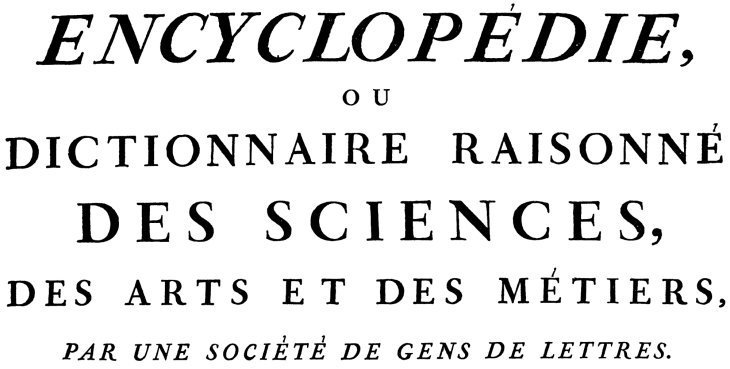
—
Young Condorcet presumably got a remarquable intellectual influence from the ENCYCLOPÉDIE; DICTIONNAIRE RAISONNÉ DES SCIENCES, DES ARTS ET DES MÉTIERS [Systematic Dictionary of Sciences, Arts and Crafts] (1751-1772) – 28 volumes, 71.818 articles, 3.129 illustrations –, directed by Denis Diderot (1713-1784) and Jean-Baptiste le Rond d’Alembert (1717-1783); a major editorial event that caused much controversy in French conservative circles of the epoch.
—
—
Well accepted in the social-cultural circle of Diderot and d’Alembert, Condorcet wrote several articles for the chapters on Mathematics in both supplements, published by Charles Joseph Panckoucke (1736-1798) and edited by Jean-Baptiste-René Robinet (1732-1820), following the publication of that first French ENCYCLOPÉDIE: the NOUVEAU DICTIONNAIRE POUR SERVIR DE SUPPLÉMENT AUX DICTIONNAIRES DES SCIENCES, DES ARTS ET DES MÉTIERS [New Dictionary to serve as Supplement to the Dicctionaries of Sciences, Arts and Crafts] (1776-1777) and the ENCYCLOPÉDIE MÉTHODIQUE PAR ORDRE DES MATIÈRES [Methodic Encyclopedia by Order of Subject Matters] (1784-1832).
—
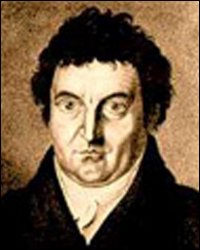 J.-B. Robinet (1735-1820) |
||
| ⊕ | ⊕ | ⊕ |
—
| Pierre SARGESCU – LA CONTRIBUTION DE CONDORCET À L’ENCYCLOPÉDIE – in; Revue d’histoire des sciences et de leurs applications, tome 4, n°3-4, 1951. pp. 233-237 |
—
![]()
—
—
ACADEMIC ACTIVITY (some books)
—
In 1773, Condorcet became Deputy Secretary to the French Académie Royale des Sciences [Royal Academy of Sciences] and, from 1777 to 1793, its Permanent Secretary; in 1782, he also became a Permanent Secretary to the Académie Française [French Academy].
—
—
In 1785, he became an honorary member of the Royal Swedish Academy of Sciences; in 1790, of the American Academy of Arts and Sciences, of the Academies of Prussia, Russia, etc.
——
![]()
ECONOMIC-POLITICAL ACTIVITY (some books)
—
- As an economist, Condorcet worked closely with Anne Robert Jacques Turgot, fiances minister under king Louis XVI’s, and has been nominated Inspecteur Général de la Monaie [General Inspector of the Mint], a place he kept from 17… to 17…;
—
—
SOCIAL-POLITICAL ACTIVITY (some books)
—
- As a politician, Condorcet developed strong interventions against all sorts of discrimination (racial, gender,&c.), and has been an active participant in the French Revolution.
—
Engaged in social/political causes from an early age, namely standing up for slave abolitionism, gender equality, Jewish freedom, religious tolerance and economic liberty.
—
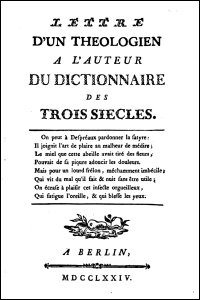 (1774) |
||
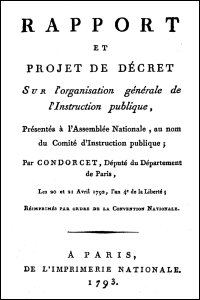 (1793) (1793) |
—
[slideshare id=98431193&doc=condorcetmethod-180524093638&type=d]
—
Condorcet has been co-founder (1788, February, 19), with Jacques Pierre Brissot, of the Société des amis des Noirs [Society of the Friends of the Blacks]; and, during the Revolution, he has been an active member of the political club Cercle social [Social Circle] and Les Amis de la Vérité [Friends of truth]. He has also been the first politician to justify and promote a republican solution for France after king Louis XVI attempted to join Austrian armies invading the country to fight the revolutionary process going on.
—
| — |
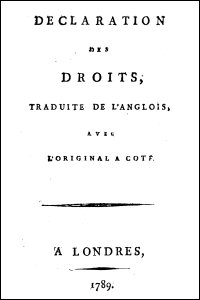 (1789) |
| ⊕ |
—
—
—
![]()
—
Closely related to Thomas Paine (1737-1809), Thomas Jefferson (1743-1826) and Benjamin Franklin (1706-1790), Condorcet has been an active French supporter of the independence of the New World (North American) colonies.
—
| a |
—
FRENCH REVOLUTION
—
—
 |
| (1753-1793) et (1762-1790) [the great ones seem great to us only because we are on our knees. Let’s stand up] motto of the newspaper «Les Révolutions de Paris» paraphrasing Étienne de la Boétie (1530-1563) “les tyrans ne sont grands queue parce que nous sommes à genoux” |
—
After 1789, Condorcet went very actively involved in the French Revolution, most specifically engaged on:
- designing an educational reform through a universal, unpaid and secular Public School («École Publique»);
- promoting a Déclaration des Droits de l’Homme et du Citoyen [Declaration of Rights of Man and Citizen], in 1789;
- standing for the equality among men and women;
- fighting for the abolition of slavery;
- encouraging a republican solution for France after king Louis XVI’s counterrevolutionary conspiracy with Austria and other foreign nations, in August of 1792.
—
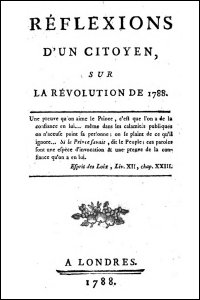 (1788) |
e |
—
![]()
—
Condorcet stands as one of the former and major formulators of the Idea of Progress, advocating the possibility of indefinite perfectibility for Humankind funded on republican, democratic and secular (laicist) political practices, strongly supported on a significant increase of people’s wisdom based on a generalisation of knowledge promoted by a public system of civil (civic) education.
![]()
Esquisse d’un Tableau Historique des Progrès de l’Esprit Humain (1794)
![]()
[ Sketch/Outlines of an Historical Picture of the Progress of the Human Mind ]
—
| ⊕ |
—
Condorcet’s Outlines/Sketch for a Historical Picture of the Progress of the Human Mind/Spirit (1794) [Esquisse d’un Tableau Historique des Progrès de l’Esprit Humain (1794)] is one of the clearest and perennial – long lasting and influential – formulations of the Idea of Progress ever written, making it a central concern of (Radical/Progressist) Enlightenment thought.
![]()
“[Condorcet] argued that expanding knowledge in the natural and social sciences would lead to an ever more just world of individual freedom, material affluence, and moral compassion. He argued for three general propositions: that the past revealed an order that could be understood in terms of the progressive development of human capabilities, showing that humanity’s “present state, and those through which it has passed, are a necessary constitution of the moral composition of humankind”; that the progress of the natural sciences must be followed by progress in the moral and political sciences “no less certain, no less secure from political revolutions”; that social evils are the result of ignorance and error rather than an inevitable consequence of human nature.”
[from Wikipedia]![]()
![]()
Outlines of an Historical Picture of the Progress of the Human Mind
Progress of the Human Mind – the tenth stage
The future progress of the human mind
Our hopes for the future condition of the human race can be subsumed under three important heads: the abolition of inequality between nations, the progress of equality within each nation, and the true perfection of mankind. Will all nationals one day attain that state of civilization which the most enlightened, the freest and the least burdened by prejudices, such as the French and the Anglo-Americans, have attained already? Will the vast gulf that separates these peoples from the slavery of nations under the rule of monarchs, from the barbarism of African tribes, from the ignorance of savages, little by little disappear?
The time will therefore come when the sun will shine only on free men who know no other master but their reason; when tyrants and slaves, priests and their stupid or hypocritical instruments will exist only in work of history and on the stage; and when we shall think of them only to pity their victims and their dupes; to maintain ourselves in a state of vigilance by thinking on their excesses; and to learn how to recognize and so to destroy, by force of reason, the first seeds of tyranny and superstition, should they every dare to reappear amongst us.
![]()
.
![]()
REFERENCES:
![]()
 |
 |
 |
 |
![]()
![]()
| François ARAGO – CONDORCET; A BIOGRAPHY (1841/1878)
in: Annual Report of the Board of Regents of the Smithonian Institution fom 1978. Washington, Government Printing Office, 1879 |
 |
| Alexandre KOYRÉ – CONDORCET (1948)
in: Journal of the History of Ideas, Vol. 9, No. 2 (April, 1948), pp. 131-152 – University of Pennsylvania Press |
 |
—
![]()
—

—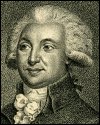
Toute société qui n′est pas éclairée par les philosophes, est trompée par les charlatans.
—
Marie-Jean-Antoine-Nicolas de Caritat, marquis de Condorcet (1743-1794)
—
—
http://www.inventaire-condorcet.com/Instruments/Chronologie_Condorcet

